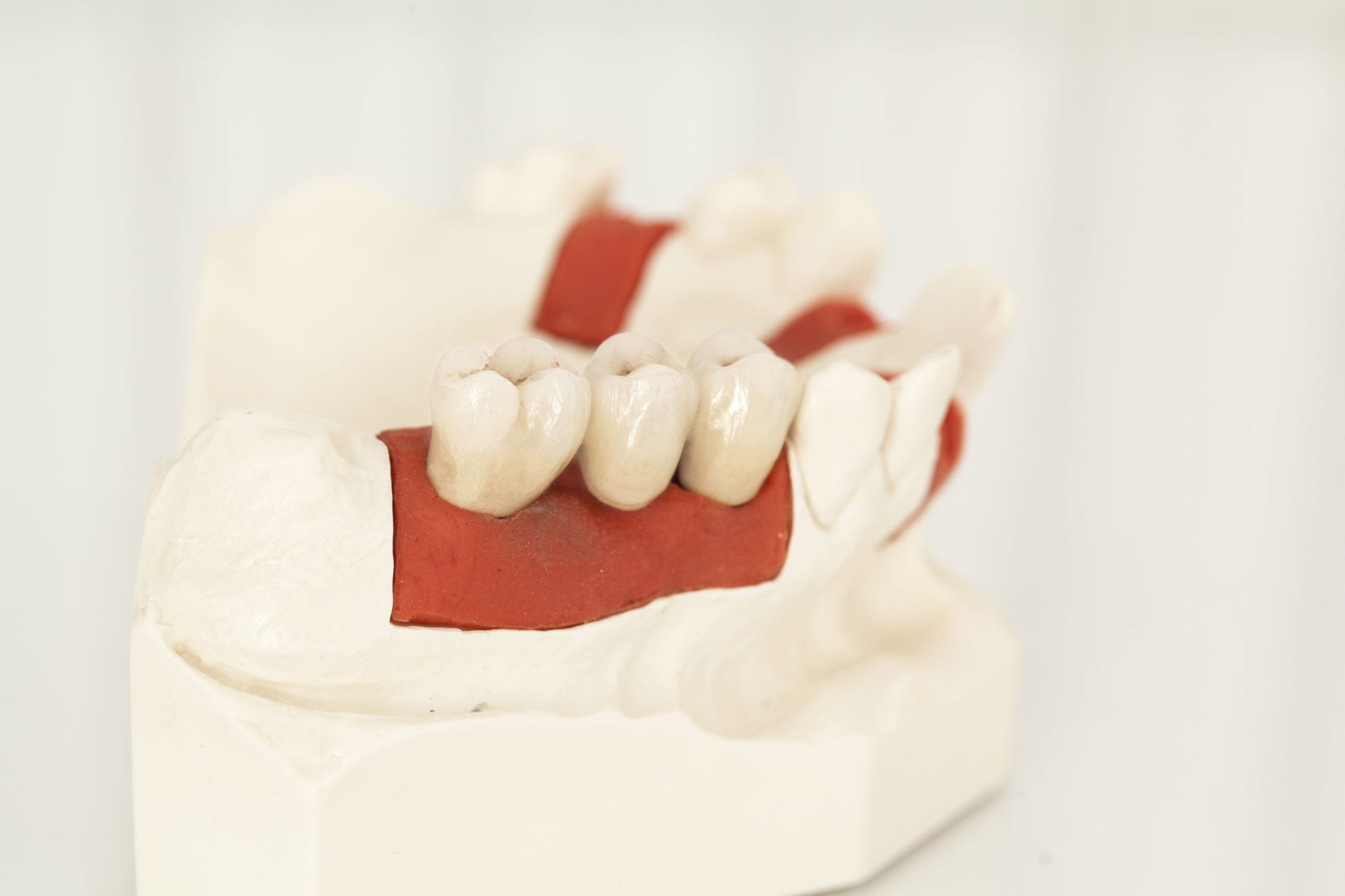
There are all kinds of reasons why someone might decide to get dental crowns. Perhaps there are health issues involved. A crown may be needed to help a damaged tooth work with its surrounding teeth to chew. Or maybe it’s purely a cosmetic situation and you want crowns to feel more confident about your smile. Crowns are commonly used to cover up a teeth that are badly discolored.
Whatever your reasons, there are all kinds of benefits to getting crowns for your teeth. If you’re trying to decide whether or not to go through with the procedure, understanding how the process works can help you to make your decision.
So, what exactly happens when you decide to get a crown or crowns?
At the First Appointment
Step one, obviously, is to contact your dentist and set up an appointment. At that appointment, your dentist will begin by walking you through the procedure and telling you how crowns can help to restore your smile.
Depending on the dentist, your crowns may be made out of different materials, including porcelain or ceramic. Be sure to research the best material for the crowns that you need, and discuss your preferences with your dentist.
Also during the initial appointment, your dentist will look at the teeth that need to be covered, and may offer alternative options, including bridges or dental implants.
Molds and Temporary Crowns
After you and your dentist decide to move forward with the process, it still takes another appointment or two for the crowns to be installed. The dentist first needs to shape the tooth so that it can properly fit a crown over it.
Your tooth may be filed down. If it’s chipped or damaged, the tooth may also be filled in. Impressions are then made to be sent to a lab so the crown can be constructed.
It will take a few weeks to build the permanent crown, so in the meantime, your dentist will provide you with a temporary crown. The temporary crown is made to briefly protect the affected tooth and help it function until the permanent crown is installed.
Permanent Crown Installed
Once the permanent crown is built, it can be attached to your tooth. Often, a local anesthetic will be applied to the gums around the tooth in order to eliminate pain while the crown is installed.
Either way, you may feel some discomfort while the crown is applied. During the procedure, the temporary crown is removed and replaced with the permanent crown.
The dentist will then apply a strong adhesive to the permanent crown, and use light technology to quickly dry the adhesive.
After the Crown
After the permanent crown is installed, you will be free to go, but this doesn’t mean the process is entirely over. It will take some time to adjust to your new crown: if the nerve is still present, you may feel sensitivity to cold or hot foods, your bite may feel strange, or other issues may make themselves known. After a while, however, you will get used to the crown and your improved bite.

Take care of crowns like you would any other tooth. While the crown itself will not decay or lose its color, it is still attached to an exposed gum and gum line. Make sure you brush and floss like normal. Your dentist may recommend a toothpaste with more fluoride in order to prevent cavities.
It’s also important to know that crowns sometimes chip or fall out. If this happens to you, simply contact your dentist. Re-attaching the crown, or fixing the chip, is an easy fix.
Want to learn more about crowns or other dental modifications? Contact a South Florida dentist and make an appointment today.






